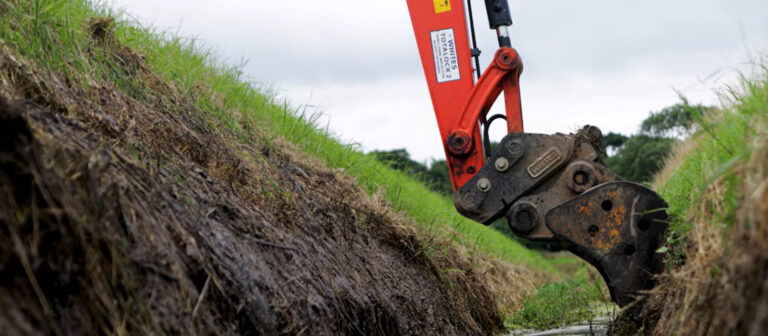ADA responds to exemption reforms to the Environmental Permiting Regulations

| Consultation | Exemptions Reform to the Environmental Permitting (England and Wales) Regulations 2016 |
| By | Defra |
| Closed | 03 June 2025 |
| Summary | ADA recently responded to a Defra consultation on proposals to reform the process for setting and amending environmental permitting exemptions. The government’s aim being to simplify and speed up the process for the lead regulators (the Environment Agency in England and Natural Resources Wales in Wales) to create, amend and remove types of exempt activities and facilities, which are not required to hold an environmental permit.
ADA responded by broadly supporting most of these reforms. Building on the findings of the Corry Review, ADA’s response recommending that for the operations of risk management authorities (RMAs) a code of conduct is established that negates the need for exemptions, or consents for routine activities. ADA suggested exploring the regulatory approached used for water boards in the Netherlands for IDBs and other RMAs in England. Dutch Water Boards have a Code of Conduct for Sustainable Management and Maintenance (Dutch: Gedragscode bestendig beheer en onderhoud). This code of conduct provides the water boards with rules and tools for management and maintenance. As a result, they do not have to apply for environmental permits, exemptions or exclusions from the regulatory authorities (provincial government in the Netherlands) for all their management and maintenance activities. This significantly streamlines the regulatory landscape, creating a common ruleset for all Dutch water boards to work to, and reduces bureaucratic delay (which is currently significant in England). The code of conduct applies for a period of five years. Before renewal it is reviewed and a new draft publicly consulted upon before coming into effect from the 1 April in the relevant year. This approach even allows for practices that create betterment for the aquatic environment as the rules are made more appropriate for public authorities managing linear lengths of watercourses and thousands of assets across an extensive lowland environment. |
Archive
- December 2025
- November 2025
- October 2025
- July 2025
- June 2025
- March 2025
- February 2025
- January 2025
- December 2024
- November 2024
- October 2024
- September 2024
- August 2024
- July 2024
- June 2024
- May 2024
- April 2024
- March 2024
- January 2024
- December 2023
- November 2023
- October 2023
- September 2023
- August 2023
- July 2023
- June 2023
- May 2023
- April 2023
- March 2023
- February 2023
- January 2023
- December 2022
- September 2022
- August 2022
- July 2022
- June 2022
- May 2022
- April 2022
- March 2022
- February 2022
- January 2022
- December 2021
- November 2021
- September 2021
- July 2021
- May 2021
- March 2021
- February 2021
- January 2021
- December 2020
- November 2020
- October 2020
- September 2020
- August 2020
- July 2020
- May 2020
- April 2020
- March 2020
- February 2020
- January 2020
- December 2019
- November 2019
- October 2019
- September 2019
- August 2019
- July 2019
- June 2019
- May 2019
- April 2019
- March 2019
- February 2019
- January 2019
- December 2018
- November 2018
- October 2018
- September 2018
- August 2018
- July 2018
- June 2018
- May 2018
- April 2018
- March 2018
- February 2018
- January 2018
- December 2017
- November 2017
- October 2017
- September 2017
- August 2017
- July 2017
- June 2017
- May 2017
- April 2017
- March 2017
- February 2017
- January 2017
- October 2016
- September 2016
- August 2016
- July 2016
- June 2016
- May 2016
- April 2016
- March 2016
- January 2016
